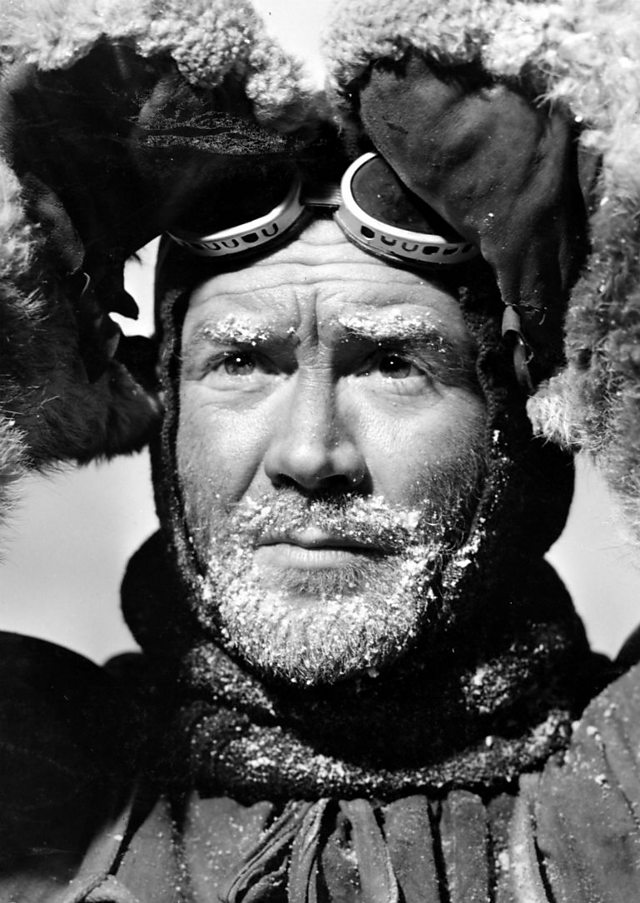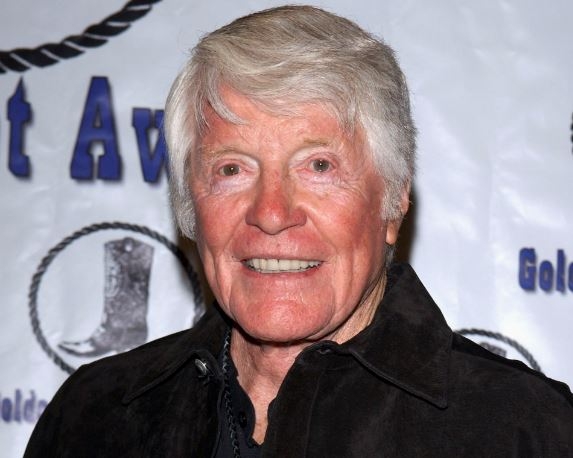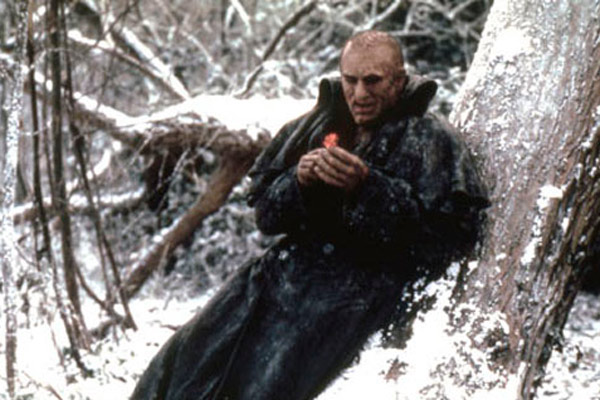


Authors building on Shelley’s work usually choose to focus on one or the other to explore a variety of concepts. Everyone from the child dressed in a green face-painted and neck-bolted Halloween costume to the AI-obsessed technologists of Silicon Valley have extrapolated personal meaning from the story of Frankenstein.Īt its heart, Frankenstein is a characterization of two beings: one the creator, the other that which was created. Historical fiction authors are but one group that has successfully mined Shelley’s original. The novel has had a profound influence, creating an entire genre (science fiction), as well as spin-off literature, and trickling down (however diluted) into popular movies and television. Frankenstein, often overlooked in popular culture as a simple mad scientist horror story, is replete with complex themes. Thus, Frankenstein demonstrates its continual malleability, bringing different meaning to different readers, or even the same reader (its author) depending on external experiences.

Shelley herself, influenced by the successive deaths of almost everyone she held dear, made significant thematic revisions to the 1818 original in her 1831 edition (the frontispiece appears above left). It has been produced in countless editions, translated, annotated, interpreted, explicated. Mary Shelley’s novel was revolutionary in a myriad of ways, and it manages a continual relevance that few works from the Romantic era (or any era) could boast. This year, 2018, marks the 200 th anniversary of the first publication of Frankenstein or, the Modern Prometheus. “So much has been done, exclaimed the soul of Frankenstein - more, far more, will I achieve treading in the steps already marked, I will pioneer a new way, explore unknown powers, and unfold to the world the deepest mysteries of creation.”


 0 kommentar(er)
0 kommentar(er)
